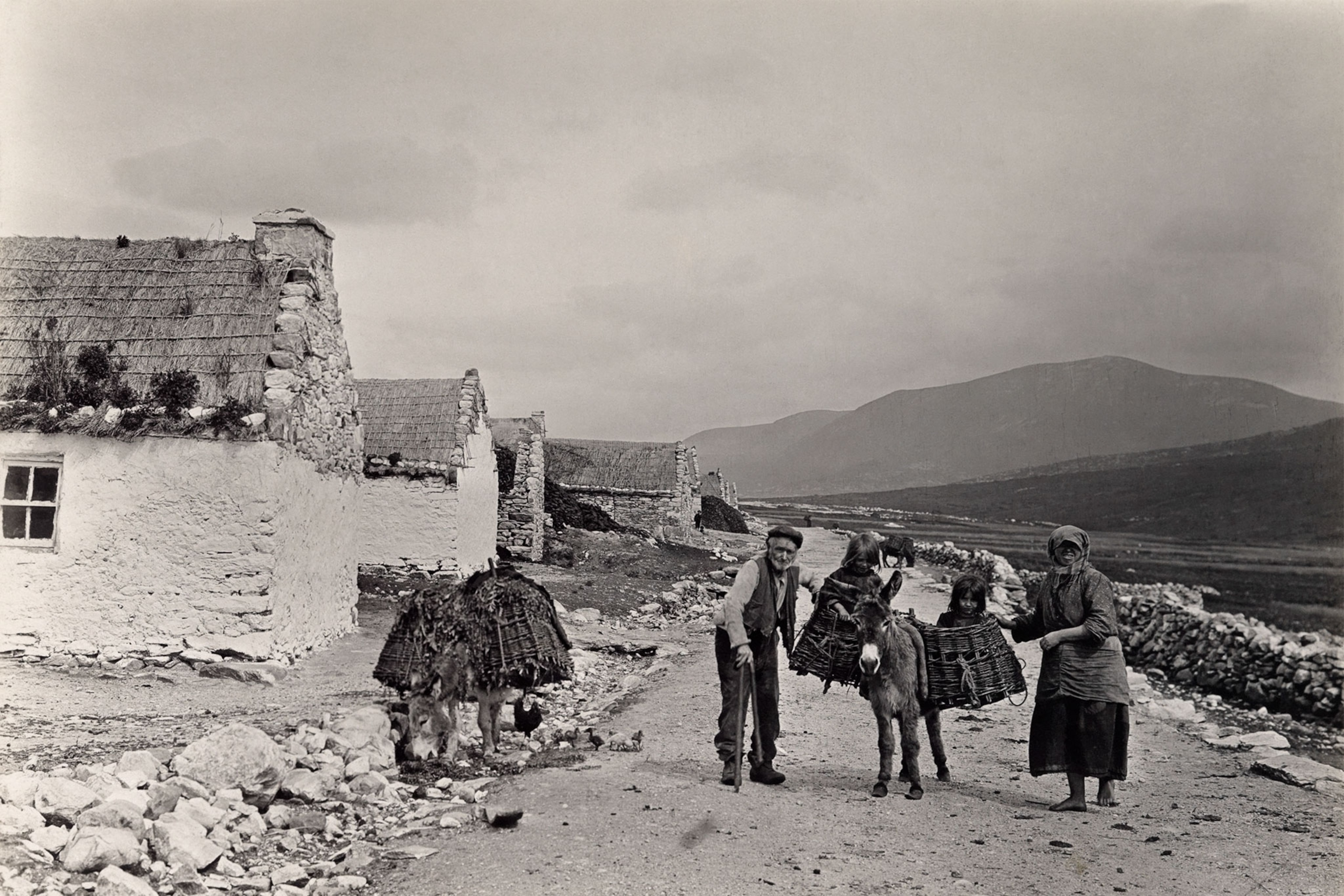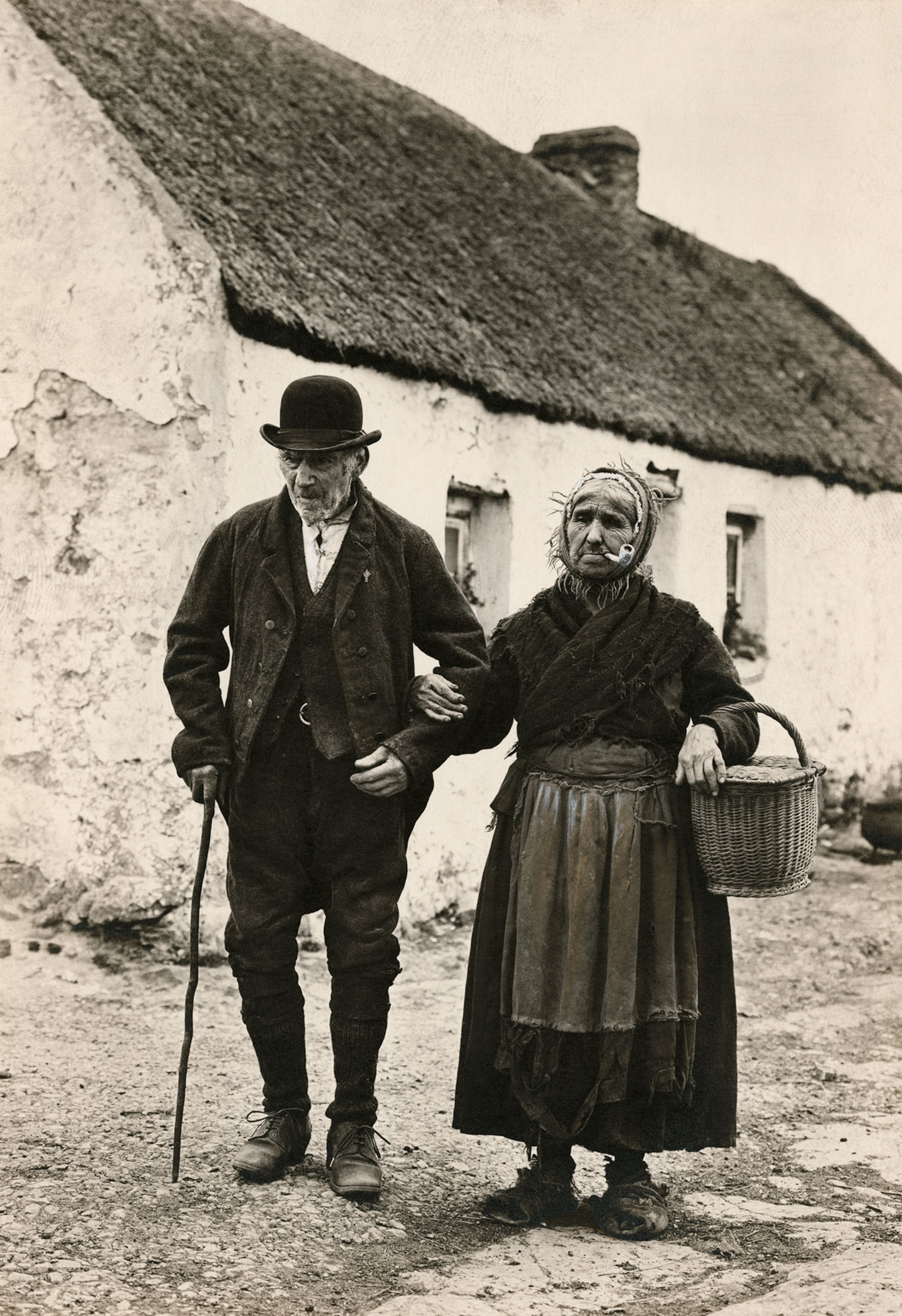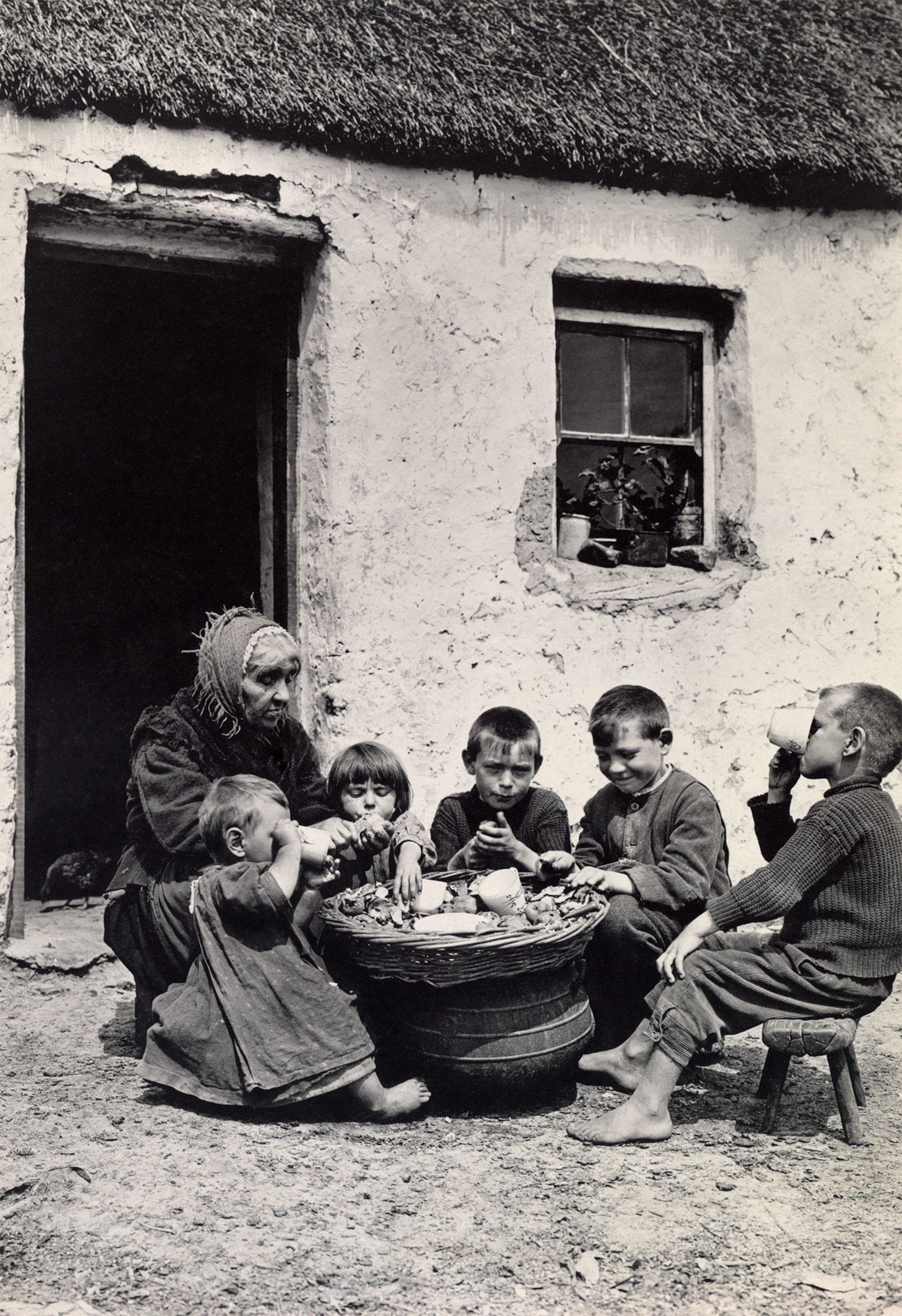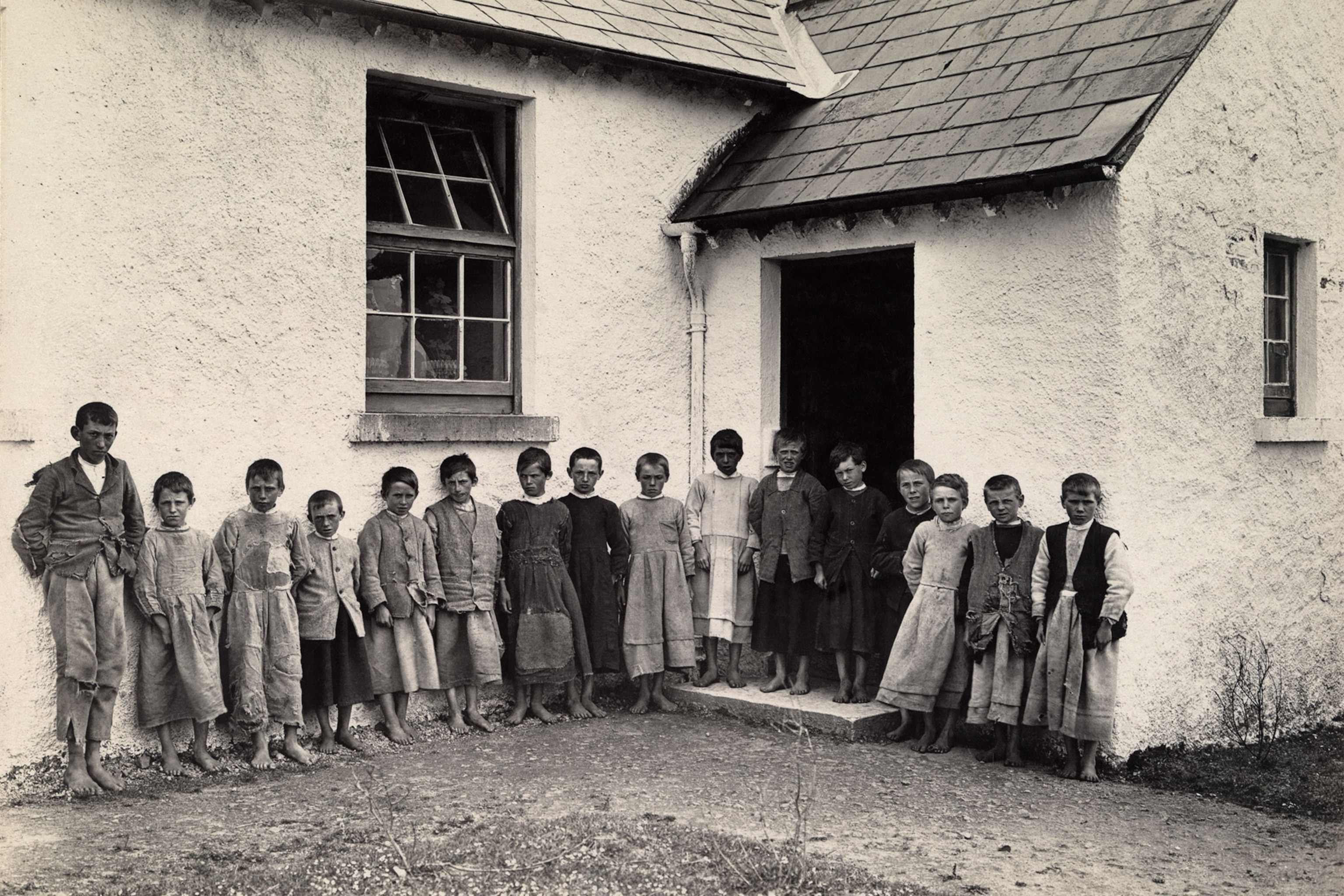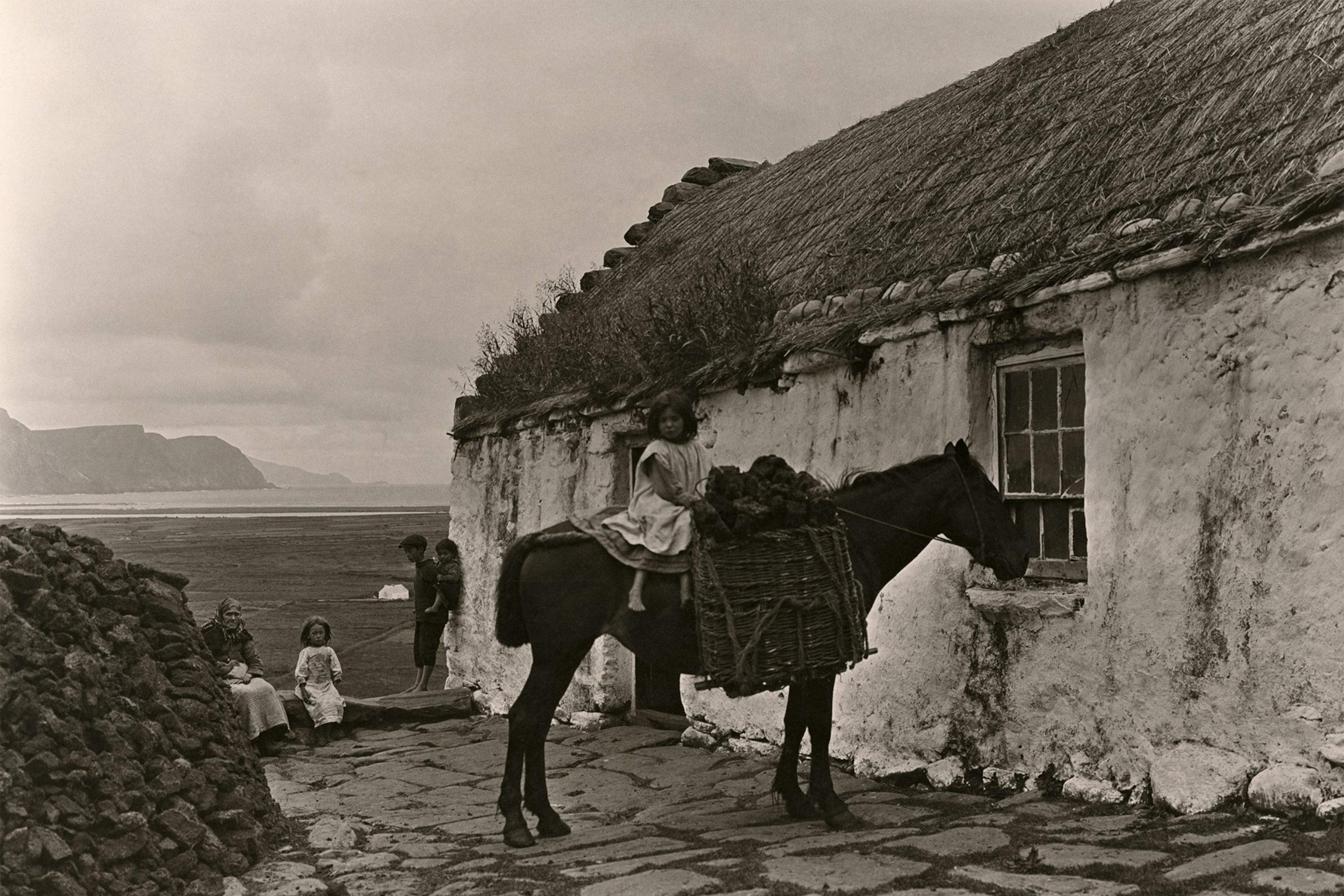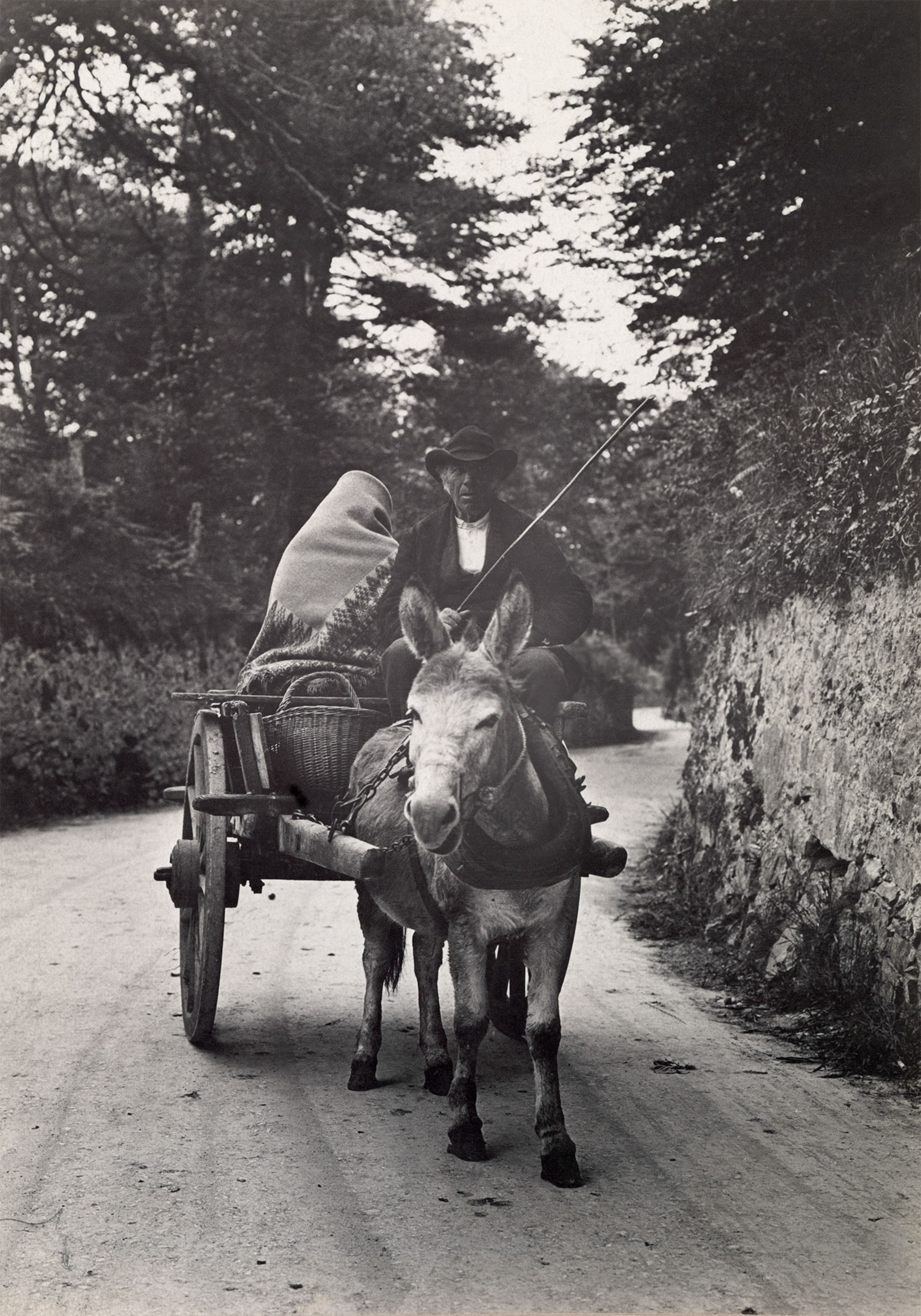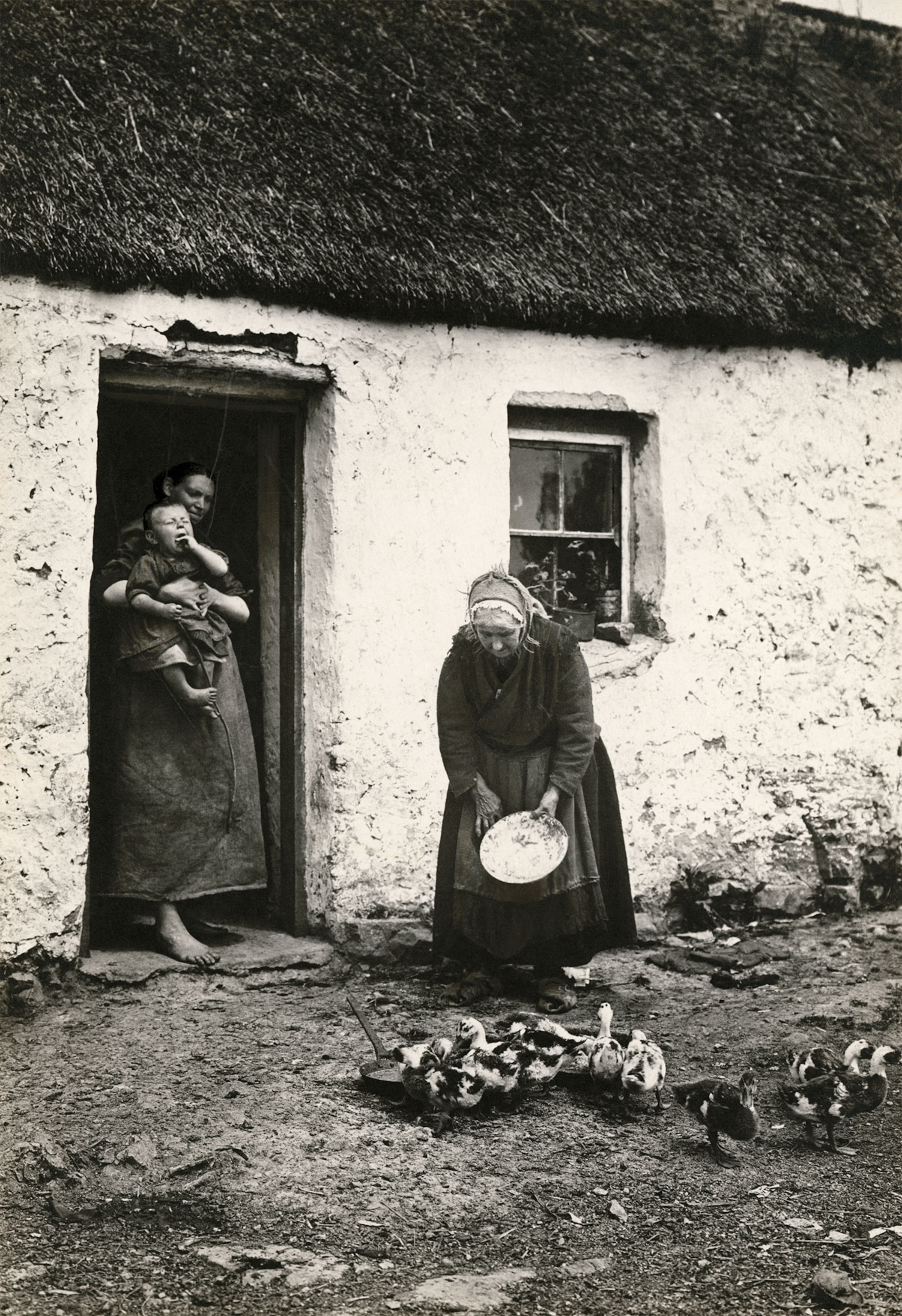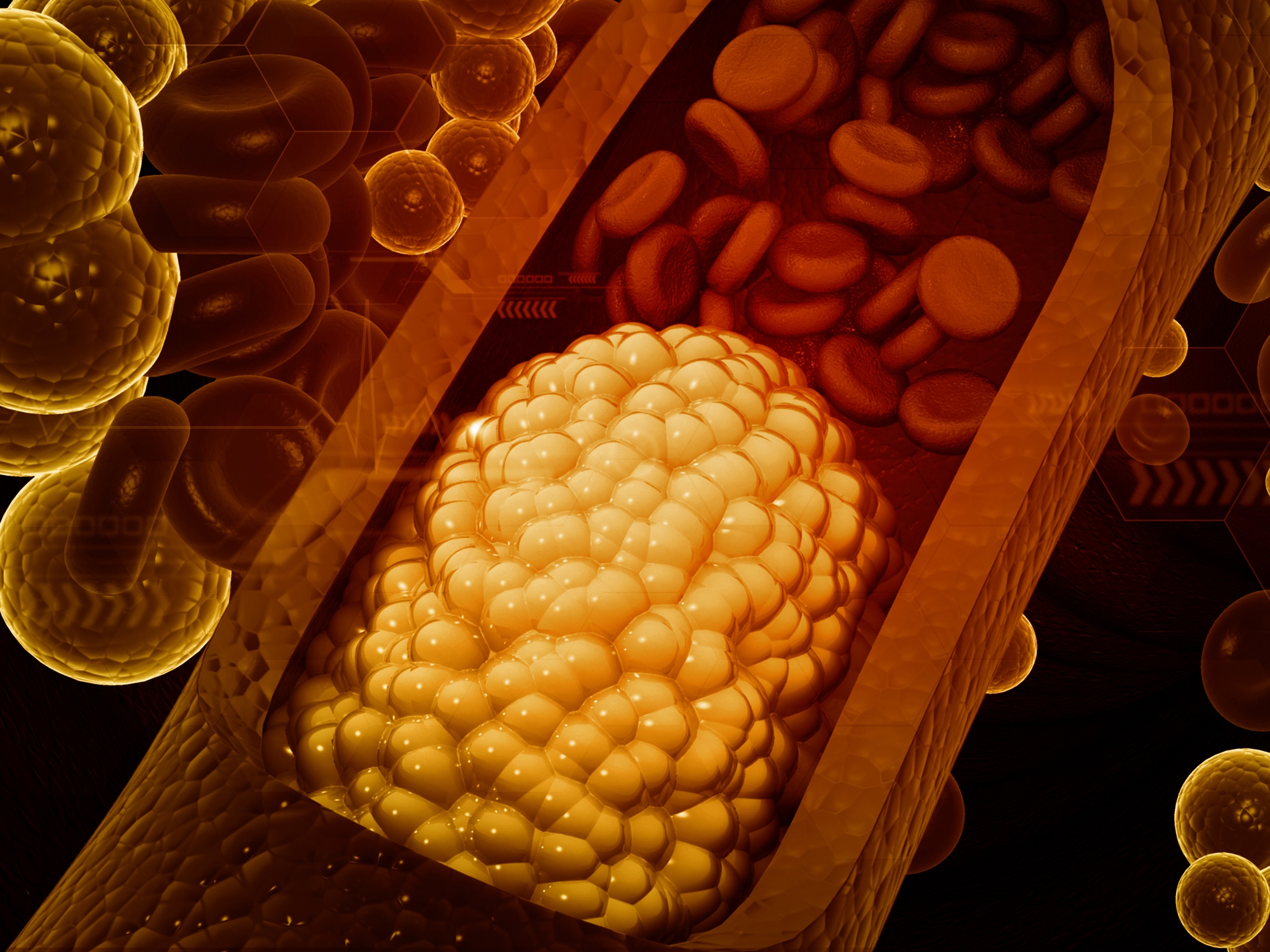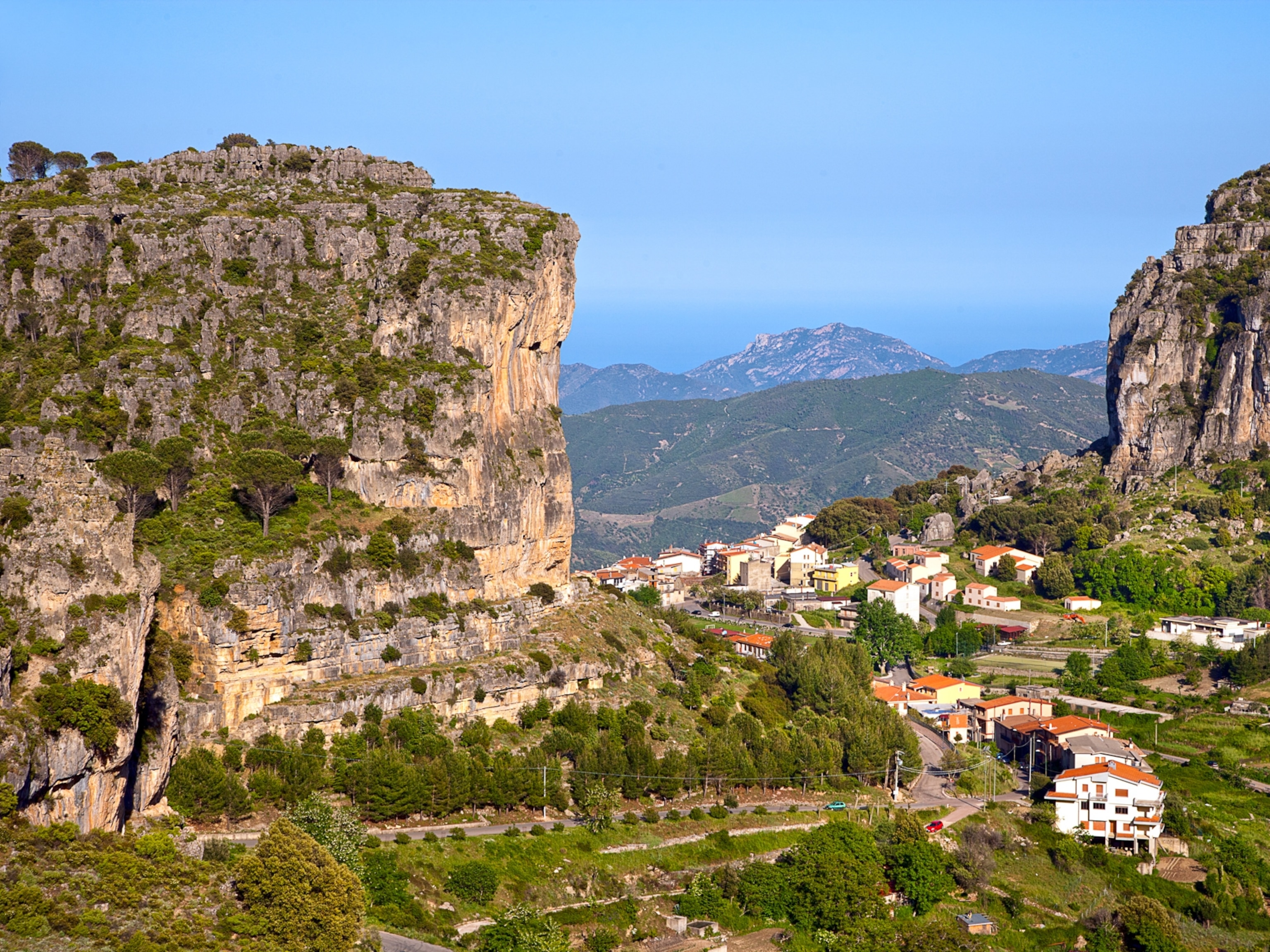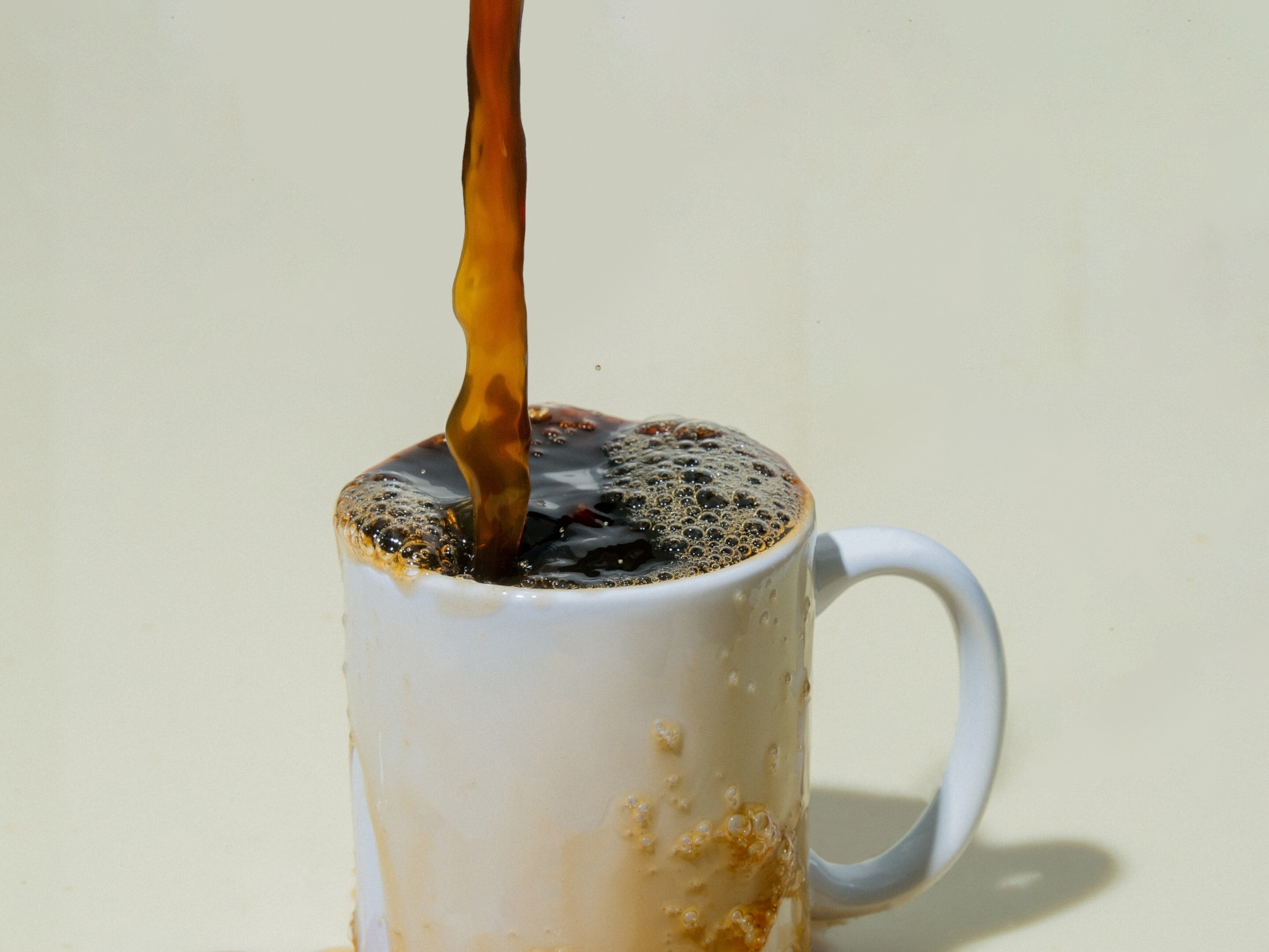Irish Ancestry Surprises Revealed by New DNA Map
The genetic atlas revealed new information about health risks, ancient political borders, and the influence of Vikings.
A new “DNA atlas” of Ireland is revealing some of the surprising ways historic kingdoms have influenced populations on the island—and it offers the first genetic evidence that Vikings intermingled with ancient Irish peoples.
A team led by Gianpiero Cavalleri at the Royal College of Surgeons in Dublin pieced together the new map using the genetics of 536 Irish individuals. The work, published in Scientific Reports, built on the People of the British Isles project, which previously looked at genetics in rural England, Scotland, and Wales. The thinking was that by putting together a separate and finely detailed genetic landscape of Ireland, regional distinctions would emerge.
Here’s what the team found out about Irish genetics dating back to the Bronze Age, around 3,500 years ago.
What kinds of DNA-based differences did they discover across Ireland?
One big finding was the distribution of people prone to complex genetic disorders. In both the United Kingdom and Ireland, for example, prevalence of multiple sclerosis increases the farther north you go. And compared with the rest of Europe, the Irish have higher rates of cystic fibrosis, celiac disease, and galactosemia, a serious metabolic disorder that prevents the breakdown of sugars in dairy, legumes, and organ meats. (Find out how Neanderthal DNA may be affecting your health.)
How can they even tell all that?
Scientists look for variations along contiguous portions of DNA. Longer sections that are similar between groups mean those genes entered the genome more recently. The shorter the segments, the older they are. National Geographic’s Miguel Vilar, lead scientist for the Genographic Project, says it’s kind of like cake batter made with cocoa powder, oil, and eggs. Give it a stir—one generation—and you can still see the distinct layers of each ingredient. But 50 swirls later and it’s all blended together, requiring a much closer look to separate out the differences.
What about regional populations within Ireland?
The researchers expected to see differences from south to north and from east to west, similar to how lineages are organized in Europe and the U.K. more broadly. But in Ireland, genetic signatures are clustered very strongly with the four ancient kingdoms of Connacht, Leinster, Munster, and Ulster. The Ulster genetic signature is different from those across the rest of Ireland. That's probably a result of the Ulster Plantation settlements of the 1600s—a time when Irish Catholics were being forced off the land by the English monarchy—and more frequent travel between Scotland and northern Ireland over time.
Oh, and the researchers also found genetic signatures all over Ireland from Norse Vikings.
Wow, Vikings! Did experts already know the Norse came to Ireland?
Plenty of clues already showed that Vikings had been to Ireland, including ruins, artifacts, and Norwegian family names. But this map provided the very first DNA evidence of the Irish and the Norse intermingling. The signatures that turned up in Ireland are most similar to those from the north and west coasts of Norway, where Vikings were most active.
That’s pretty neat! Were there any other famous ancestors hiding out in Irish genes?
The team did compare the modern group with two ancient genomes from Ireland. One came from a person who lived near Belfast during the Neolithic, around 5,000 years ago. The other was from a person who lived on Rathlin Island in the late Bronze Age, from 2000 to 1500 B.C. The scientists were hopeful they’d find genetic affinity, or relatedness, between the Bronze Age genome and modern inhabitants of the region where those bones had been found. No dice. The ancient genomes mainly served as a nice background reference to highlight variances between the modern groups.
How will this new map be used?
Being able to link genetic information to geographic origins helps medical researchers design studies that consider how and why a person, or a group of people, may be affected by certain genetic diseases. It’s not good enough just to know you’re Irish; it could be useful for the researcher to know that your DNA has been influenced by a unique genetic subgroup from one part of Ulster.
What does all this mean for people who don’t live in Ireland?
Considering that something like 20 to 30 percent of North Americans can claim Irish ancestry, the new work affects plenty of people outside of the region. And if you need an organ transplant or skin graft, it could make a difference in how well your body accepts the tissue: The more genetically different you are from the donor, the shorter the life of the transplant—rejections are lower when the recipient’s genome and the donor’s have fewer differences.
What’s next for the researchers?
The Irish DNA Atlas is a live study and the team is still accepting donations of DNA. To participate, all eight of your great-grandparents have to have lived within about 30 miles of each other in Ireland, information that the Genealogical Society of Ireland can help you track down.




